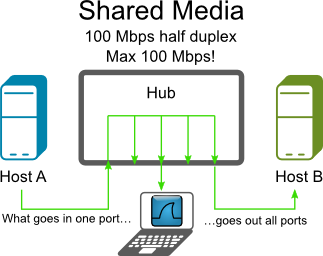
Some of these networking tools, like Wireshark, Nmap, Snort, and ntop are known and used throughout the networking community. In this case, you could plug a computer into the PC port and use Wireshark to capture traffic on the appropriate interface. Thanks to its set of features, WinPcap has been the packet capture and filtering engine for many open source and commercial network tools, including protocol analyzers, network monitors, network intrusion detection systems, sniffers, traffic generators and network testers. This library also contains the Windows version of the well-known libpcap Unix API. WinPcap consists of a driver that extends the operating system to provide low-level network access and a library that is used to easily access low-level network layers. Ensure the file is saved as a PCAPNG type. The traffic (or frames more accurately) are switched in hardware, so you cannot capture these on the ES using tcpdump. Lastly, navigate to File > Save As and select a place to save the file. Once the issue has been fully replicated, select Capture > Stop or use the Red stop icon. Leaving Wireshark running in the background, replicate the problem.

Remote capturing on a Windows OS requires WinPcap tool installation. Select Capture > Start or click on the Blue start icon. Remote packet capture on a Windows operating system We will discover how to capture packets remotely in this article. There are many packet capture methods, such as local, remote, network (Tap, SPAN) and so on.



 0 kommentar(er)
0 kommentar(er)
